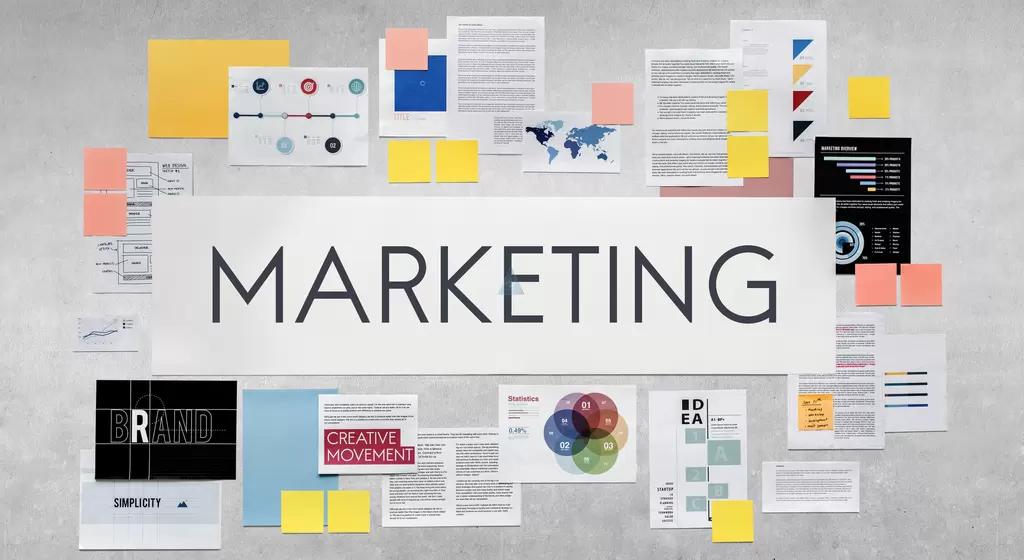- Call Us: +905323690748
- EMail: [email protected]
- Akarca, Mustafa Kemal Blv. No:173/B, 48300 Fethiye/Muğla

The Future of Programmatic Advertising in 2024
As we look towards 2024, the future of programmatic advertising is set to evolve significantly. With advancements in artificial intelligence and machine learning, advertisers will have access to more precise targeting options, enabling them to reach specific audiences with tailored messages. Privacy regulations will also shape the landscape, pushing the industry towards more transparent practices and the use of first-party data. Additionally, the integration of augmented reality and immersive experiences may redefine how brands engage consumers, creating more interactive ad formats. As technology continues to advance, programmatic advertising will become increasingly sophisticated, driving better results for advertisers while enhancing the user experience.
The future of programmatic advertising in 2024 promises to be transformative, as the industry continues to evolve in response to technological advancements and changing consumer behaviors. With increased reliance on artificial intelligence and machine learning, advertisers can expect more personalized and targeted campaigns that resonate with their audiences. Enhanced data privacy regulations will challenge marketers to innovate while maintaining compliance. Moreover, the integration of augmented reality (AR) and virtual reality (VR) into programmatic strategies will provide immersive experiences for consumers. As we look ahead, adaptability and creativity will be essential for brands to thrive in this dynamic landscape.
As we move into 2024, the programmatic advertising landscape is set to undergo significant changes, driven by advancements in technology and shifts in consumer expectations. One of the key trends expected to dominate the scene is the increasing use of artificial intelligence (AI) and machine learning algorithms. These technologies will enhance the ability of advertisers to analyze vast datasets in real-time, allowing for hyper-targeted ad placements that cater specifically to individual consumer preferences. This level of personalization is anticipated to improve engagement rates and drive higher conversion rates.
Another important aspect of the future of programmatic advertising will be the growing emphasis on data privacy and compliance. With regulations such as GDPR and CCPA already in place and more anticipated, advertisers must navigate a complex landscape that prioritizes consumer consent and data protection. This shift will prompt marketers to adopt more transparent and ethical data collection practices, fostering trust between brands and consumers. In response, programmatic platforms will likely invest in technologies that allow for privacy-compliant targeting, such as contextual advertising, which focuses on the environment in which ads are displayed rather than relying solely on user data.
The integration of augmented reality (AR) and virtual reality (VR) into programmatic advertising is another trend that is expected to flourish in 2024. These immersive technologies can transform traditional advertising into interactive experiences, capturing consumer attention in innovative ways. Brands that leverage AR and VR in their campaigns will be able to create memorable experiences that not only engage but also educate consumers about their products or services. This shift towards experiential advertising will enhance brand loyalty and encourage social sharing among consumers.
Furthermore, the rise of connected devices and the Internet of Things (IoT) will play a pivotal role in shaping programmatic advertising strategies. As more devices become interconnected, advertisers will have access to a wealth of data that can inform their targeting efforts. This will enable brands to reach consumers at various touchpoints throughout their daily lives, creating a seamless and cohesive advertising experience. However, this also raises challenges regarding data management and the need for robust analytics to measure effectiveness accurately.
Finally, we can expect to see a greater focus on sustainability and social responsibility in programmatic advertising. As consumers become increasingly aware of environmental issues, brands that prioritize eco-friendly practices and social causes will likely resonate more with their audiences. Advertisers will need to showcase their commitment to sustainability through their campaigns, which could potentially lead to a shift in how programmatic platforms evaluate and prioritize ad placements.
In conclusion, the future of programmatic advertising in 2024 is poised for exciting developments, characterized by enhanced personalization, data privacy, immersive technologies, and a focus on sustainability. As the industry navigates these changes, advertisers must remain agile and innovative to effectively engage their audiences and achieve their marketing goals. The success of programmatic advertising will depend on its ability to adapt to the ever-changing landscape while embracing new technologies and consumer expectations.
















